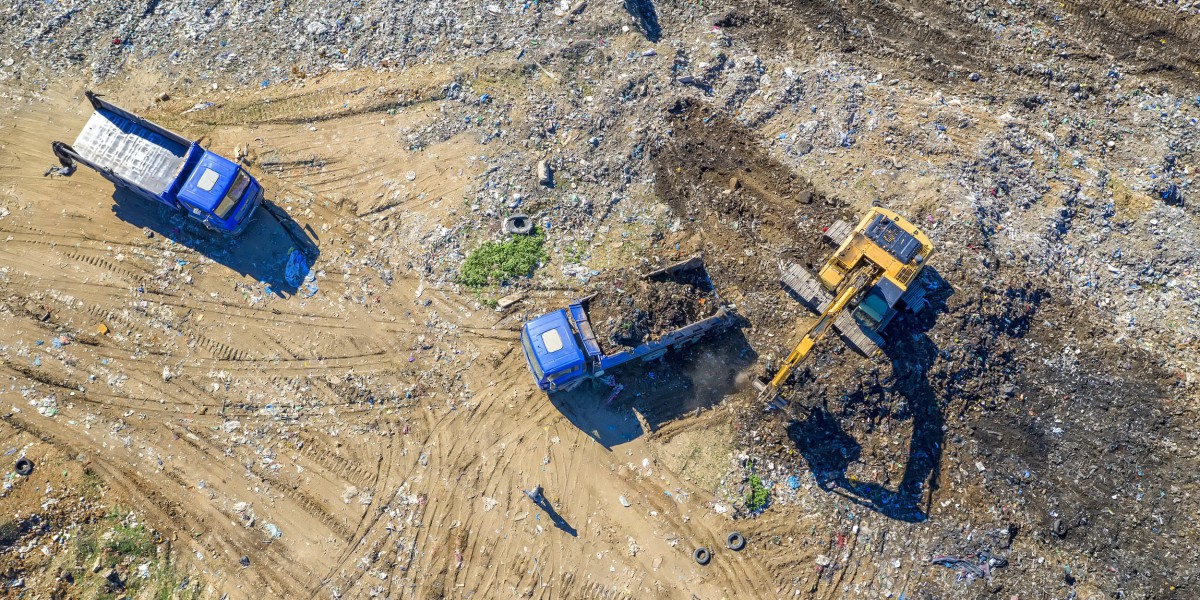In today's world, the importance of recycling cannot be overstated. With the growing concern over environmental issues such as pollution and climate change, it has become more crucial than ever to find sustainable ways to manage waste. wood recycling and metal recycling are two key components of this effort, working together to create a more sustainable world for future generations.
The Importance of Wood Recycling
Wood recycling is the process of reusing or repurposing wood products that would otherwise be discarded as waste. This can include old furniture, construction materials, pallets, and even tree trimmings. By recycling wood, we can help reduce the amount of waste that ends up in landfills and minimize the need for new wood products, which can help conserve natural resources.
One of the main benefits of wood recycling is that it helps to reduce greenhouse gas emissions. When wood decomposes in a landfill, it releases methane, a potent greenhouse gas that contributes to climate change. By recycling wood instead, we can minimize these emissions and help mitigate the impact of global warming.
How does wood recycling benefit the environment?
Wood recycling reduces the amount of waste that ends up in landfills, helps conserve natural resources, and minimizes greenhouse gas emissions.
The Role of Metal Recycling
Metal recycling is another essential aspect of sustainable waste management. Metals such as aluminum, steel, and copper are valuable materials that can be recycled repeatedly without losing their properties. By recycling metals, we can save energy, reduce pollution, and prevent the need for new mining activities.
One of the key benefits of metal recycling is its energy-saving potential. Recycling metal requires significantly less energy than mining and refining new metal ores. This can help reduce the carbon footprint of metal production and lower overall energy consumption, making it a more sustainable option for manufacturing and construction industries.
What are some benefits of metal recycling?
Metal recycling saves energy, reduces pollution, and helps conserve natural resources by minimizing the need for new mining activities.
Wood Recycling and Metal Recycling: A Sustainable Partnership
Wood recycling and metal recycling are often seen as separate processes, but they can work together to create a more sustainable waste management system. For example, wood products that are no longer usable can be dismantled and sorted to extract any metal components for recycling. This helps maximize the value of the materials being recycled and reduces the amount of waste that ends up in landfills.
By partnering wood recycling with metal recycling, we can create a more efficient and environmentally friendly waste management system. This collaboration can help reduce the overall impact of waste on the environment and promote a circular economy where materials are reused and recycled in a continuous loop.
conclusion
wood recycling and metal recycling are crucial components of a sustainable waste management system. By working together, these two processes can help reduce waste, conserve natural resources, and minimize the environmental impact of production and consumption. It is essential for individuals, businesses, and governments to support wood recycling and metal recycling efforts to create a more sustainable world for future generations.









